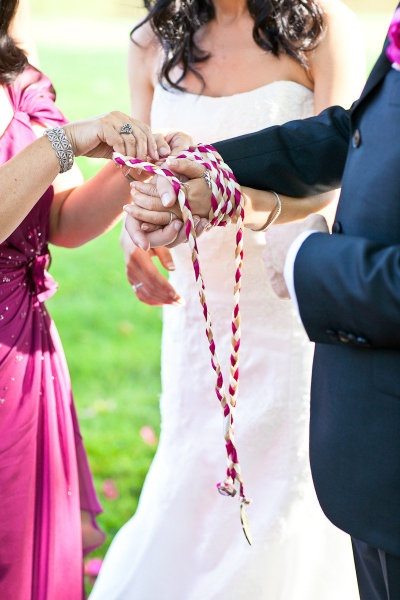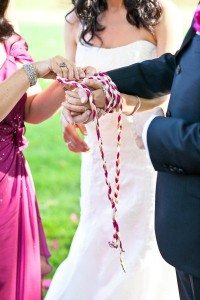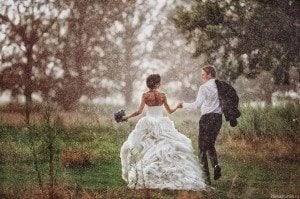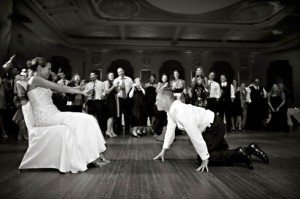
Wedding Traditions / Rituals and what they mean
When planning one of the most important days of our lives we often just take on the run of the mill wedding traditions and rituals but never give much thought on what they mean, represent or where they came from. Today, most couples seem less focused on strictly adhering to tradition, expressing their individuality and creativity through different elements of their wedding.
Below are some common wedding traditions and rituals and their meanings:
Ritual: Sand Ceremony
Unity ceremonies have been around for many years now. It is a method for the couples to display the joining of the two lives to a single bond hence the bride and groom each have a sand pourer with a different colour and the sand is poured into the one vessel symbolising unity. If you fancy taking part in this tradition then you can purchase a sand ceremony jar or unity set from our website. You can even have it engraved as a lasting memento of your special day.
Ritual / tradition: Tying the Knot
We all have heard of this expression but guess you did not know where it came from of why it is performed? It is actually an Irish tradition from ancient Celtic times of hand fasting. This is similar to today's ring exchange but instead the couple will clasp their hand together and a brightly coloured cord in the bridal party colours is wrapped around their hands as a symbol of their unity in marriage.

Tradition: Something old, something new, something borrowed, something blue
We've all heard this common rhyme used when someone gets married, but what does it mean? Wearing "something old" represents the bride's past, while the "something new" symbolises the couple's happy future. The bride is supposed to get her "something borrowed" from someone who is happily married in the hope that some of that person's good fortune rubs off on her. "Something blue" denotes fidelity and love.
Superstition: Seeing Each Other Before The Wedding
This superstition dates back to the time of arranged marriages, when people believed that if the couple saw each other before the ceremony, it would give them a chance to change their minds about the wedding. Today, however, many couples choose to meet up and even stay the night as it does not bother many.
Superstition: Rain on Your Wedding Day
In some cultures, rain on your wedding day symbolizes fertility and cleansing. Some see it as good fortune despite many praying for a sunny day.

Tradition: The Wedding Veil
This custom originated in Rome, when a bride would wear a veil down the aisle to disguise herself from evil spirits who were jealous of her happiness.
Tradition: Bouquet and Garter Toss
Traditionally the bouquet toss is done for any single woman but many who like the tradition tend to invite all women married or unmarried to the dance floor for a bit of fun. Some see catching the bouquet as a special memento from their time at the wedding. As said before traditions are evolving and being personalised for each individual. The Garter toss is similar to the bouquet toss but for the males. Hundreds of years ago, there were many superstitions and beliefs surrounding the wedding day. One superstition was that owning a piece of the wedding dress would bring good luck, leading to wedding guests essentially attacking the bride to rip off a piece of her gown. This led to brides wearing a specific article of clothing to be given out as the lucky piece: the garter.
Another belief was that the garter was a symbol of the newlyweds consummating their marriage, so family and friends would take the garter as proof of consummation.

Some interesting Facts: Wearing a new white dress to be used only for a wedding ceremony is a tradition that is only about 150 years old. White traditionally symbolizes youth and innocence. Red and orange are popular in Asia and the Middle East, where they are considered joyful and festive colours. Why does the bride stand on the left? Bride on Groom's Left. Because grooms in Anglo-Saxon England often had to defend their brides, the bride would stand to the left of her groom so that his sword arm was free.
Make sure your always in the loop and follow our Facebook, Instagram and Pinterest page for loads of inspiration for your big day!
PF x
